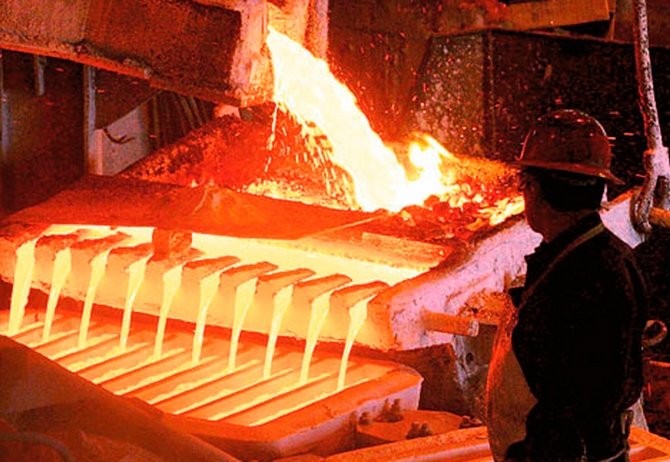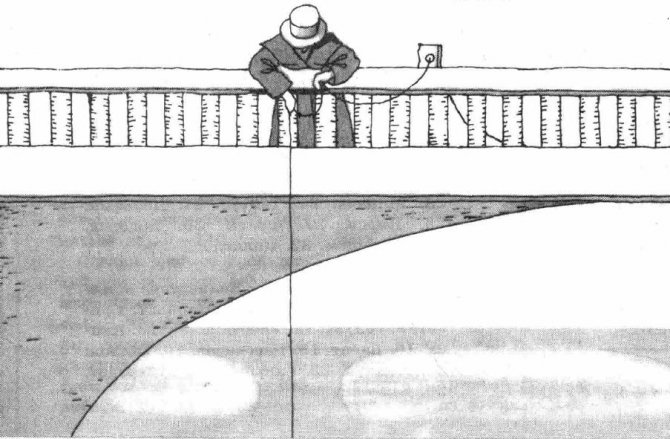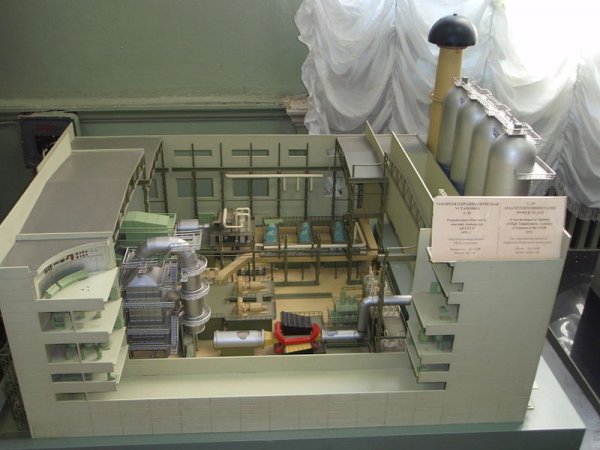Electromagnetic Hydrodynamics (EMHD)
Michael Faraday was young and happy. It was only recently that he left bookbinders and immersed himself in physical experiments and how strange he found them.
The new year 1821 was coming. The family was expecting guests. A loving wife baked an apple pie for the occasion. The main "treat" that Faraday prepared for himself - a cup of mercury. The silver liquid moved in a funny way when a magnet was moved near it. A stationary magnet has no effect. The guests were satisfied. It seemed that as it approached the magnet, something "just" appeared inside the mercury. What?
Much later, in 1838, Faraday described a similar movement of a liquid, but not mercury, but well-purified oil, in which the end of a wire from a voltaic column was immersed. The swirling eddies of oil streams were clearly visible.
Finally, after another five years, the researcher performed the famous Waterloo Bridge experiment by dropping two wires into the Thames connected to a sensitive device. He wanted to detect the tension resulting from the movement of water in the Earth's magnetic field.The experiment was unsuccessful because the expected effect was muted by others that were purely chemical in nature.
But later from these experiments arose one of the most interesting fields of physics— electromagnetic hydrodynamics (EMHD) — science of the interaction of an electromagnetic field with a liquid-liquid medium… It combines classical electrodynamics (almost all created by Faraday's brilliant follower J. Maxwell) and the hydrodynamics of L. Euler and D. Stokes.
The development of EMHD was initially slow, and for a century after Faraday there were no particularly important developments in this field. It was not until the middle of this century that the theoretical studies were mainly completed. And soon the practical use of the effect discovered by Faraday began.
It turned out that when a highly conductive liquid (molten salts, liquid metals) moves in an electromagnetic field, an electric current appears in it (magnetohydrodynamics — MHD). Poorly conductive liquids (oil, liquefied gas) also «react» to the electromagnetic effect by the appearance of electric charges (electrohydrodynamics - EHD).
Obviously, such an interaction can also be used to control the flow rate of a liquid medium by changing the field parameters. But the mentioned liquids are the main object of the most important technologies: metallurgy of ferrous and non-ferrous metals, foundry, oil refining.
Practical results of using EMHD in technological processes
EMHD is related to engineering problems such as plasma containment, cooling of liquid metals in nuclear reactors, and electromagnetic casting.
Mercury is known to be toxic. But until recently, during its production, it was poured and transferred by hand.MHD pumps now use a traveling magnetic field to pump mercury through an absolutely sealed pipeline. Safe production and the highest metal purity are guaranteed, labor and energy costs are reduced.
Installations with the use of EMDG have been developed and are in use, which managed to completely eliminate manual labor in the transportation of molten metal — magnetodynamic pumps and installations provide automation of pouring aluminum and non-ferrous alloys. The new technology even changed the appearance of the castings, making them bright and clean.

EMDG plants are also used to cast iron and steel. This process is known to be particularly difficult to mechanize.
Liquid metal granulators have been introduced into production, giving spheres of ideal shape and equal dimensions. These «balls» are widely used in non-ferrous metallurgy.
EHD pumps were developed and used to cool powerful X-ray tubes in which the cooling oil flows intensively in an electric field created by a high voltage at the cathode of the tube. EHD technology has been developed for vegetable oil processing. EHD jets are also used in automation and robotics devices.
Magnetohydrodynamic sensors are used for accurate measurements of angular velocities in inertial navigation systems, for example in space engineering. Accuracy improves as sensor size increases. The sensor can survive harsh conditions.
An MHD generator or dynamo converts heat or kinetic energy directly into electricity. MHD generators differ from traditional electric generators in that they can operate at high temperatures without moving parts.The exhaust gas of a plasma MHD generator is a flame capable of heating the boilers of a steam power plant.
The principle of operation of a magnetohydrodynamic generator is almost identical to the conventional principle of operation of an electromechanical generator. Just as with a conventional EMF in an MHD generator, it is generated in a wire that crosses the magnetic field lines at a certain speed. However, if the moving wires of conventional generators are made of solid metal in an MHD generator, they represent a flow of conductive liquid or gas (plasma).
Model of the magnetohydrodynamic unit U-25, State Polytechnic Museum (Moscow)
In 1986, the first industrial power plant with an MHD generator was built in the USSR, but in 1989 the project was canceled before the launch of MHD, and this power plant later joined the Ryazan GRES as the 7th power unit of conventional design.
The list of practical applications of electromagnetic hydrodynamics in technological processes can be multiplied. Of course, these first-class machines and installations arose because of the high level of development of EMHD theory.
The flow of dielectric fluids — electrohydrodynamics — is one of the popular topics of various international scientific journals.


